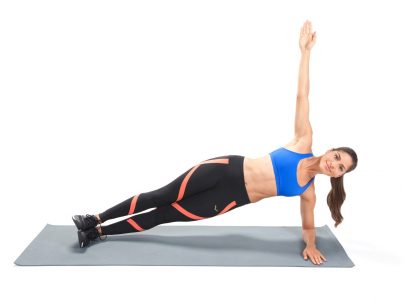I ignited tinder and firewood in my wood stove just to take the chill off; it was 39F this morning, and that trend will continue heading towards winter, along with my preparations for the ski season.
A few of you will recognize the slogan above, one that has carried many through challenging times. The ski resorts, after months of untold meetings, conference calls, and deliberations, are gearing up for the ski season with ‘new’ operating guidelines and expressed with great enthusiasm and a positive outlook. Through our love of outdoor adventures and desire to share with each other the exhilaration of skiing and snowboarding, we will also adapt to new challenges that each day brings. As snow sports enthusiasts, part of your plan should include training and conditioning prior to hitting the slopes.
The fact is, if you haven’t done any ski- or snowboard specific training, the muscles that have been relatively dormant for several months are going to get a rude awaking, if not a need for some ibuprofen!
“Regardless of your ability level, don’t make the mistake of assuming you can ski or snowboard yourself into shape,” says Dave Merriam, head coach of the PSIA and AASI Demonstration team. You need to invest a little time and forethought into getting ready for the season. The good news is that you can increase your energy, strength, range of motion, endurance, and performance by simply doing a few minutes of exercises each day to reset the pattern of using muscles. Examples of exercises are squats, lunges, step-ups, hamstring, and quadriceps curls and raises, back raises, side leg raises, push-ups, etc. Without having to use expensive exercise equipment, strength and endurance training can be achieved by improvising via hand weights, resistance bands, medicine balls, suspension straps, etc.
Check out training exercises at:
www.Facebook.com/FitforSnow/videos/,
www.Youtube.com/watch?v=qv2zrsPVzYU/,
www.theskimonster.com/blog/posts/ski-workouts-aproper-strength-training-routine/.
Dalia Roberts, a Doctor of exercise physiology and a fellow of the American College of Sports Medicine, states, “Since skiing and riding use mostly the lower body and back, your exercises should predominantly target these areas.”
Training for endurance, muscle strength, power, and range of motion will ultimately improve your balance, reflexes, timing, flexibility, posture, and enjoyment of your skiing adventures with others. Start now……50 days to first tracks… don’t wait!
Herb Eschbach
HVSC
Ski Education
